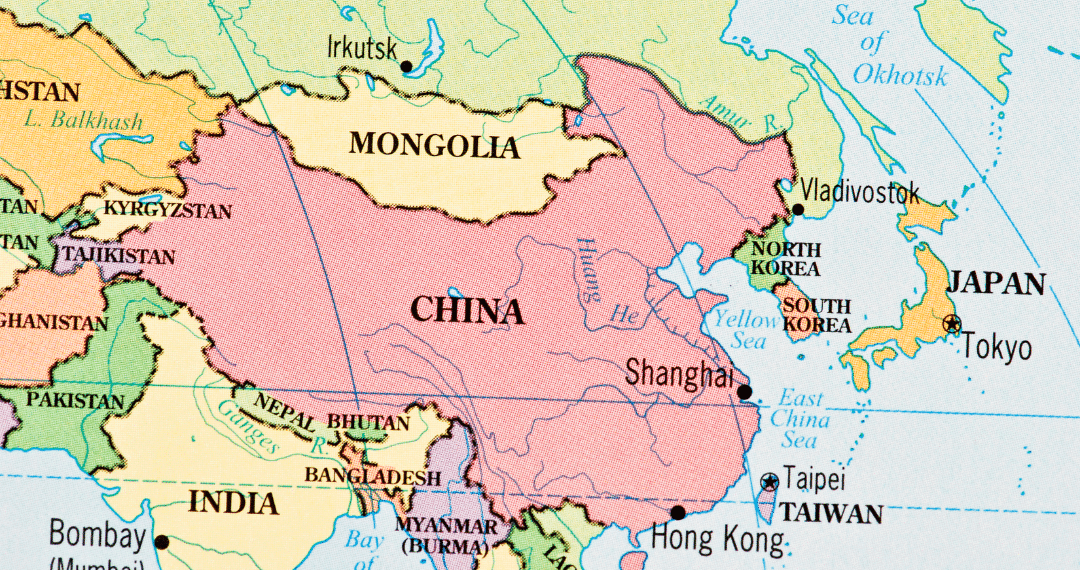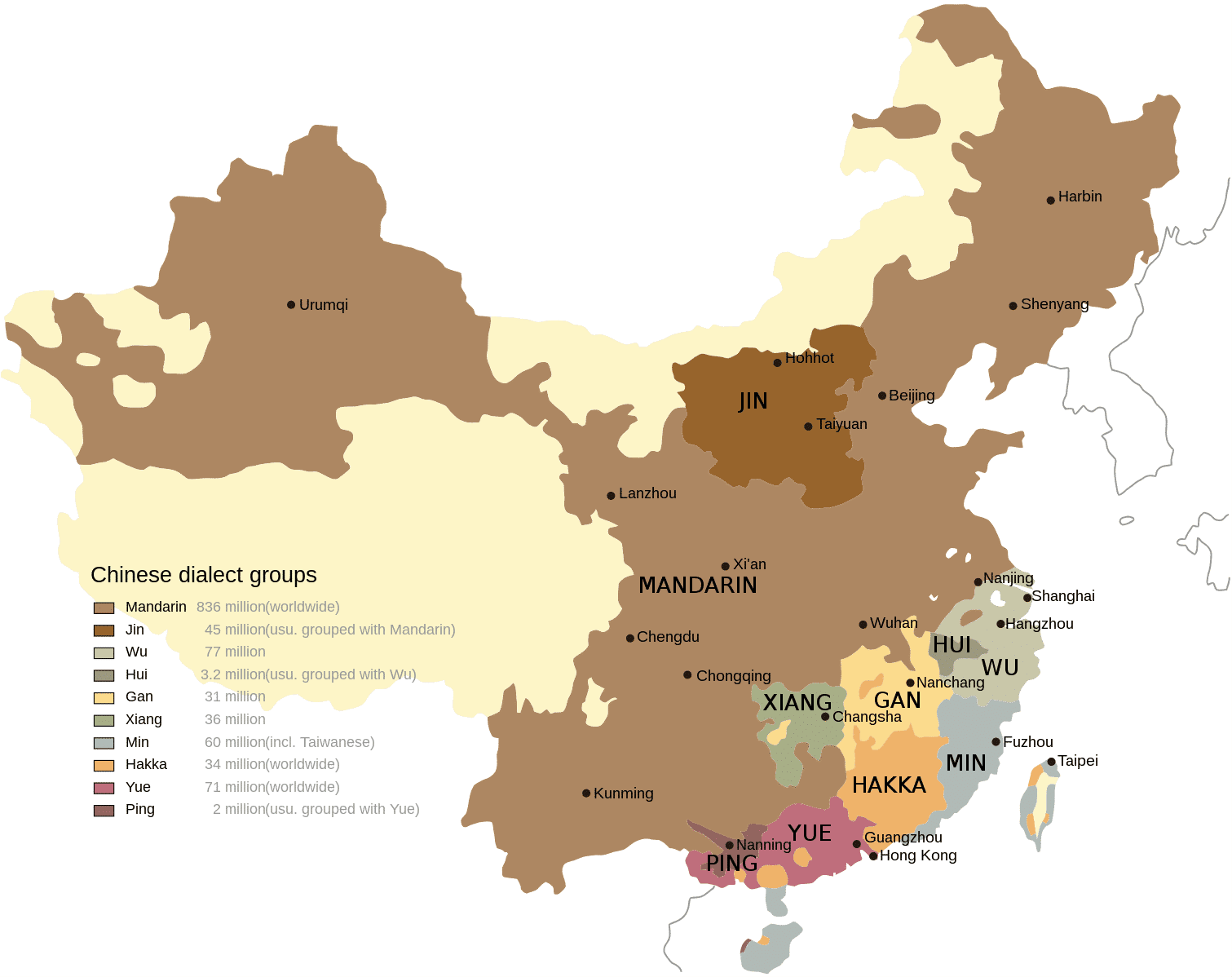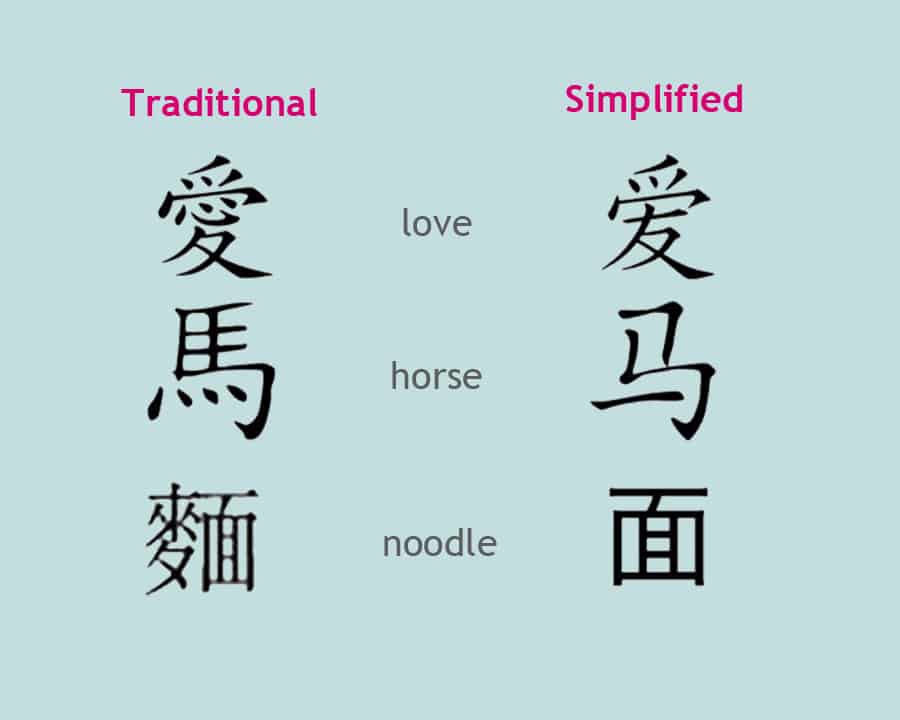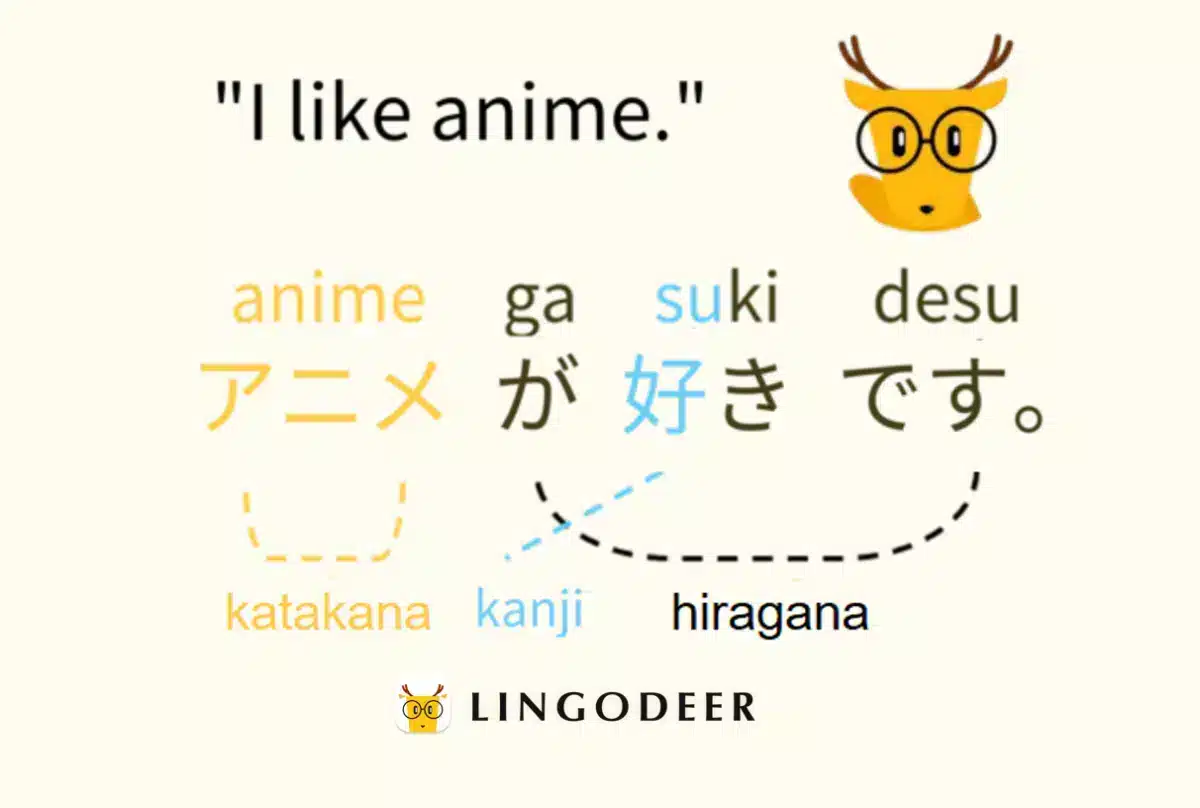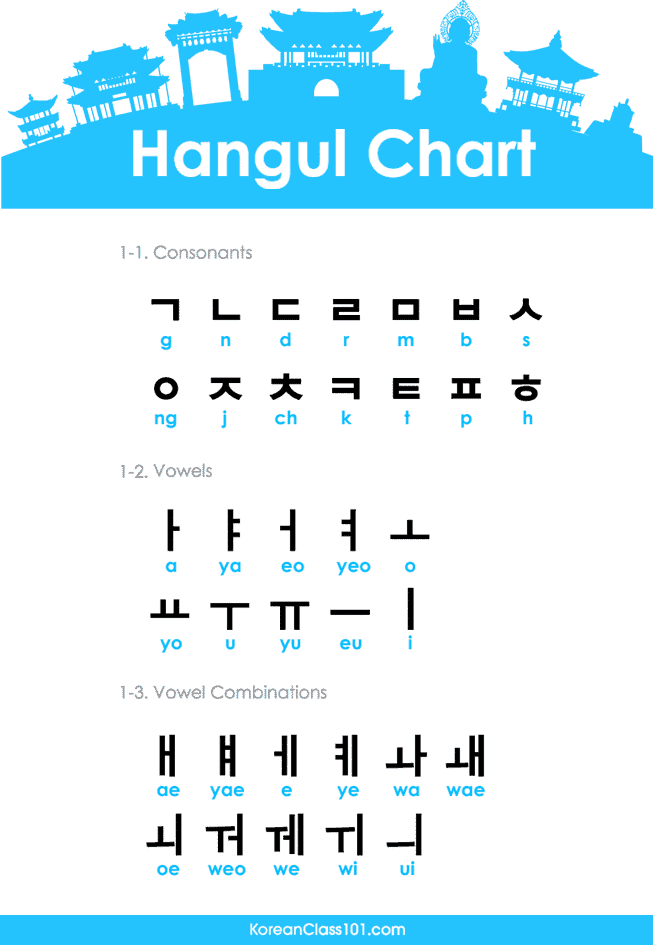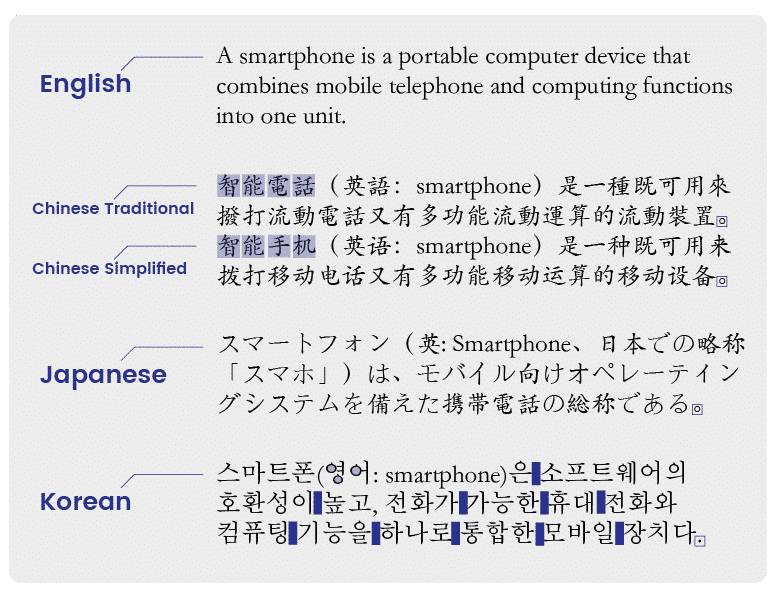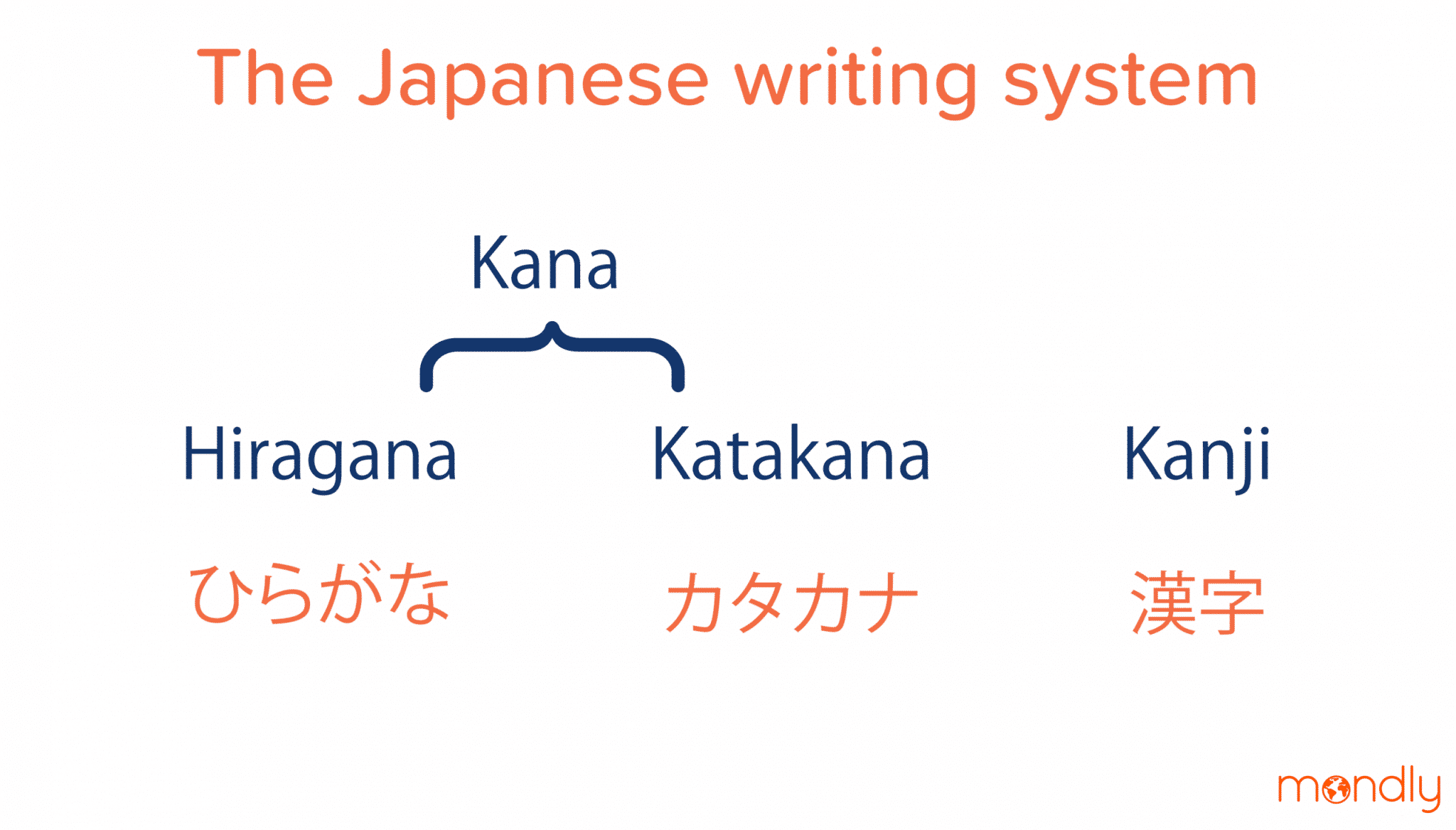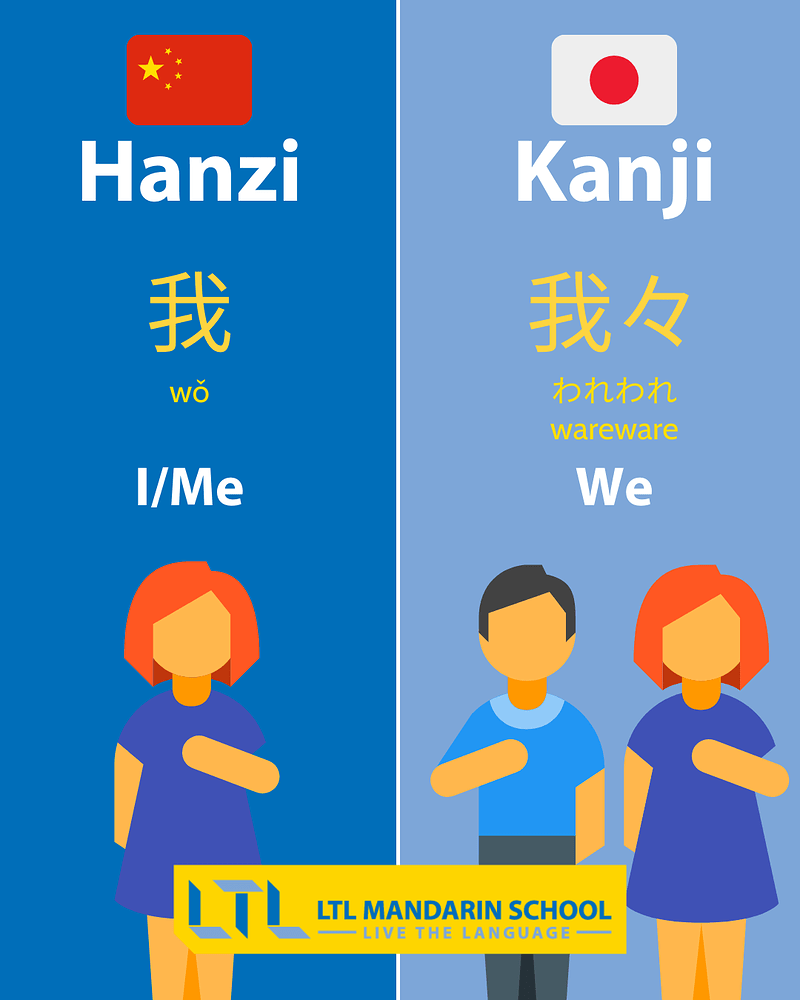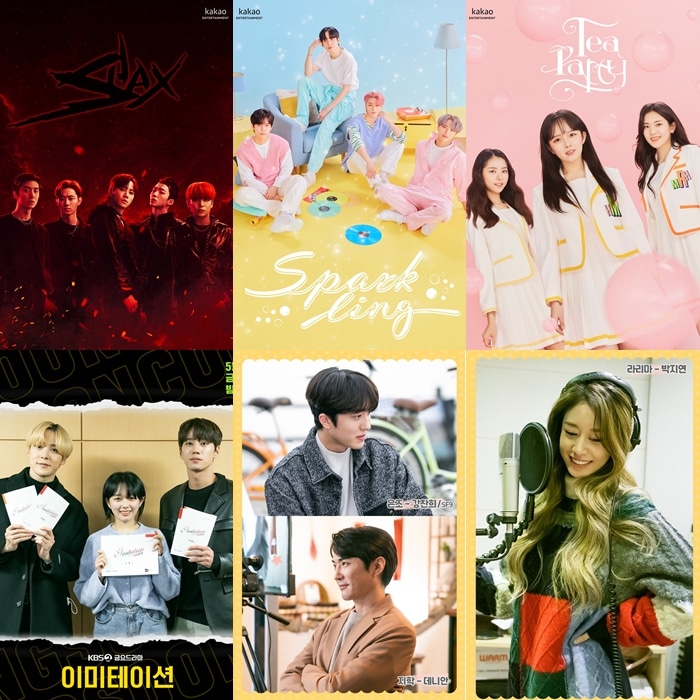Chinese vs Japanese vs Korean : is there really a difference?
China, Korea, and Japan have a long and interconnected history. Throughout the centuries, these three countries have mutually influenced each other, shaping each other’s cultures, ways of living, and perspectives on the world, and have even influenced each other’s languages.
While Chinese, Korean, and Japanese are three distinct languages, they share quite a few similarities. However, do not underestimate their similarity because you will be shocked at how pronounced some of the differences between them are.
If you want to get better acquainted with these languages, keep reading!
In the following blog, you will find everything you need to know about the history, popularity, and evolution of these languages, which have inevitably contributed to their differences and similarities.
Are you looking for a reliable translation company?
Milestone helps you seamlessly translate content & localize your website, products, and services for more reach, better conversions, and greater sales.
Origin and evolution of the Chinese, Japanese and Korean languages
From a linguistic point of view, Korean, Chinese, and Japanese belong to the Altaic language family, and thus, they share a common ancestor. Nevertheless, through time, they have evolved separately.
Let’s see how each of these languages has evolved.
The Chinese language
Chinese is the oldest of these three languages and is considered the oldest spoken language in the world. Experts claim that the Chinese language originated 3,000 years ago.
As you might already know, hundreds of spoken dialects exist in China. That’s why, sometimes the term “Chinese language” can be unclear since there are quite a few varieties spoken in China.
However, all of these dialects have a written system.
The Chinese writing system, as opposed to the Latin and Cyrillic alphabets, which contain letters, consists of the so-called “logograms” or “logographs”.
This means that each symbol denotes a word and thus has its meaning.
As we have already mentioned, there are quite a few dialects spoken in China. In the past, this diversity and the peculiarities of the Chinese writing system made it hard for the common people to become literate.
The Standard Chinese language was created in 1913, which is only a year after China was proclaimed a republic. This standard variety of Chinese was created to improve education and allow people to learn the Chinese language more easily.
Standard Chinese or Simplified Chinese is a standardized form of the Mandarin Chinese variety. It is based on the Beijing dialect.
All in all, the Chinese predated both Korea and Japan and due to their long history and huge influence, have greatly contributed to their development.
Also read: Simplified vs Traditional Chinese: What’s The Difference?
The Japanese language
Before the 4th century AD, the Japanese language did not have a writing system. So gradually Japanese people began to utilize and adapt the Chinese script.
In this way, the Chinese script slowly evolved into the Japanese “logographs” we know today. It is often referred to as “kanji.”
While the Japanese language used Chinese characters, it kept its grammar.
Later, two other Japanese scripts were created: Katakana and Hiragana.
Interestingly, all scripts are used today when writing in Japanese. Keep reading to find out why!
Also read: Most Spoken Languages Of South Asia
The Korean language
Due to the close geographical proximity of China and Korea, it is no surprise that the Korean language has also adopted the Chinese writing system.
Similarly to Japanese, Korean was an independent language, but it did not have a written system, so they adopted Chinese symbols.
Some Chinese characters kept only their pronunciation; others, only their meaning; and some remained the same.
During the 15th century, Korea created their writing system in an attempt to promote literacy among the common Korean people. This new script contained only 10 main vowels and 14 main consonants.
Also read: Must Know Things About Korean Business Etiquette & Culture
It took nearly five centuries for this new system to gain popularity. In the meantime, many kept using Chinese characters.
In the 20th century, the new Korean script finally began to be used widely due to the economic growth of the country. Today, it is still used since this new writing system is easier to learn.
Chinese vs Japanese vs Korean: Popularity & Growth
In recent years, Chinese, Japanese, and Korean have been among the fastest-growing languages in the world.
According to the 2021 Duolingo Language Report, Japanese has become the fifth most preferred language in the world, surpassing Italian. What’s more, it is the fastest-growing language in the US and the UK.
Manga and anime have taken the world by storm and have in turn generated massive interest in Japanese culture and language. Indeed, many Japanese language learners claim that their desire to know more about the Japanese lifestyle, food, and aesthetics keeps them motivated.
In 2020, Chinese was the tenth most popular language on the platform. In 2021, it reached the eighth position while also becoming among the five fastest-growing languages in Brazil and Mexico.
China has experienced tremendous economic growth in the past 20 years. Moreover, Chinese politics and tech development receive a lot of media coverage. People’s interest in the Chinese culture and possible work opportunities are considered the main reason behind the recent upsurge in the popularity of the Chinese language.
Korean is also enjoying a lot of attention among language learners, and the demand is expected to intensify in the upcoming years. That will also increase demand on the job market for Korean translators.
Korean’s popularity is rather culturally-driven and shows such as Squid Game have had their fair share of this dramatic spike.
Also read: Everything About The Languages Of APAC
Connect With Your Customers In Their Native Languages
Milestone helps you seamlessly translate content & localize your website, products, and services for more reach, better conversions, and greater sales.
Similarities between Chinese, Japanese, and Korean
Similar scripts
This statement is more relevant for the Japanese and Chinese since their scripts are related. Some people claim that if you know one script, you will be able to read the others.
For example, the word “Japanese person” is spelt identically in both languages:
- In Japanese: 日本人
- In Chinese: 日本人
Keep in mind, however, that their identical writing does not mean they are pronounced the same. In Japanese, this phrase is pronounced ‘nihonjin’ while in Chinese it is ‘rìběn rén’.
The similar direction of writing
Korean, Japanese, and Chinese are all written horizontally:
- Simplified Chinese: 创译
- Japanese: クリエイティブ トランスレーション
- Korean: 크리에이티브 트랜스레이션
However, this wasn’t always the case for Chinese, which was written in an up-and-down, right-to-left manner. After its modernization, Chinese characters began to be written horizontally.
Also read: Bulgarian vs Russian: Differences & Similarities
Similar vocabulary
This one can be tricky since, in some cases, the similarity might not be so easy to spot.
Chinese has had a huge influence on both Korean and Japanese vocabulary. As a result, there are many words today that mean the same thing.
For instance, 인 in Korean is pronounced ‘in’ and means ‘person’.
In Chinese, its equivalent is 人 and is pronounced ‘ren’.
In Japanese, “person” is written as じん and is pronounced ‘jin’.
So, ‘ren’, ‘in’ and ‘jin’ do not seem to have much in common, but you can see a certain degree of similarity. Below, you can see the phrase “big person” in each of the three languages:
- Chinese: 巨人 ‘jùrén’
- Korean: 거인 ‘ko-in’
- Japanese: 巨人 ‘kyojin’
Another example would be the word “popularity” which can be translated literally as “person energy”:
- Chinese: 人气 ‘rénqì’
- Korean: 인기 ‘inki’
- Japanese: 人気 ‘ninki’
Expressing politeness
This specifically applies to Korean and Japanese.
While the concept of “filial piety” or the virtue of showing respect to parents, elders, and ancestors, stems from Confucianism and is thus present throughout East Asia, the way it is expressed in Japanese and Korean is very similar.
In both of these languages, politeness is indicated via certain verb endings. For example, if you want to ask politely for some water, you will say it in the following way:
- Korean: 물 좀 주세요 ‘mul jom juseyo’
- Japanese: 水をください ‘mizu o kudasai
In contrast, a similar interaction between friends, where expressing politeness is not necessary, would sound like this:
- Korean: 물 좀 줘 ‘mul jom jwo’
- Japanese: 水ちょだい ‘mizu chodai’
As you can see, it is only the endings of the verbs that change. The rest stays pretty much the same.
Note: Since the Cultural Revolution, expressing politeness explicitly is less common in Chinese. Mostly, there are certain unspoken rules, such as speaking to elders only if they initiate it or walking behind them and not in front of them.
Still, when it comes to the language itself, there isn’t any specific way to express politeness, which is similar to the verb endings in Korean and Japanese, for instance.
Sentence word order
This similarity is again more relevant for Japanese and Korean.
Both languages follow a subject-object-verb (SOV) word order as opposed to Chinese, which, similarly to English, has a subject-verb (SV) word order.
SOV word order means that the verb comes at the end of the sentence, while SV word order indicates that the subject is always followed by the verb.
Have a look at the following example:
- Korean: 저는 사과를 먹어요 ‘jonun sagwa-rul mogoyo’
- Japanese: 私は りんごを食べます ‘watashi-wa ringo-o tabemasu’
- Translation: I eat an apple.
Having an SOV word order means that a word-for-word translation of the above sentences would be “I an apple eat.”
Also read: Language vs Dialect vs Accent: What is The Difference?
Differences between Chinese, Japanese and Korean
The shape of the scripts
While the scripts of Chinese, Korean, and Japanese can look quite similar, one can easily differentiate their characters by simply looking at their shape.
Also read: Doing Business In China: Cultural Differences You Need To Know
For instance, Chinese characters are square while Japanese are rounder and curvier. Korean characters feature a lot of circular shapes, which are not present in the writing systems of the other two languages.
Also, both the Japanese and Korean scripts are generally more open and spacious compared to Chinese characters.
Pronunciation
Chinese, Korean, and Japanese all sound very different from each other.
Chinese is a tonal language, which means that tones and pronunciation work together to create meaning. In the different Chinese dialects, there are different numbers of tones.
For instance, Mandarin Chinese has four tones, while in Cantonese, six different tones are used.
Korean and Japanese, on the other hand, are phonetic languages, which means that their spelling is related to their pronunciation.
Also read: Italian vs French: How Different And Similar Are These Languages?
Partner with us for your translation project
Get your content translated by experienced native linguists with domain expertise in over 70 languages.
Various writing systems
Each of these languages has various writing systems.
Japanese uses three writing systems combined, which are called hiragana, katakana, and kanji.
Hiragana is a phonetic writing system that is mainly used in cases where certain grammatical features/ functions should be denoted. Katakana is used for borrowing words from other languages. Kanji is used for words that have solid meanings like nouns, verbs, adjectives, etc. and stems from the Chinese written system.
In China, people use a writing system that consists of logographs, known as Hanzi. These logographs represent either words or sounds, which makes Chinese incredibly hard to learn.
On the contrary, the Korean language uses the so-called Hangul alphabet. This is a phonetic writing system where each letter corresponds to a vowel or a consonant.
Also read: Languages Of East Asia [Complete Guide]
Number of speakers
One of the greatest differences between these languages is the number of speakers:
- Chinese: 1.35 billion
- Japanese: 128 million
- Korean: 80.4 million
Pop culture influence of Chinese, Japanese and Korean
The rise of Japanese pop culture left its mark in the late 20th and early 21st centuries. Japanese manga and anime have become part of many young people’s lives.
K-pop and K-dramas are two other phenomena that have shaped our world today.
Today, China is experiencing a huge influence on its culture from both Japan and Korea.
Manhua and Donghua are the Chinese derivatives of Japanese manga and anime, respectively. C-pop is a music genre heavily influenced by the K-pop scene in Japan. Many Chinese TV shows are adaptations of Korean dramas.
China, Japan, and Korea, in particular, are currently dictating beauty and fashion trends internationally.
Conclusion
The Chinese, Korean, and Japanese languages share a lot of similarities due to their centuries-long history of mutual influence. And while their languages and cultures are still closely intertwined, one should not underestimate how different they are.
Indeed, their differences make them unique; thus, we have to cherish them!
Connect With Your Customers In Their Native Languages.
Milestone helps you seamlessly translate content & localize your website, products, and services for more reach, better conversions, and greater sales.

